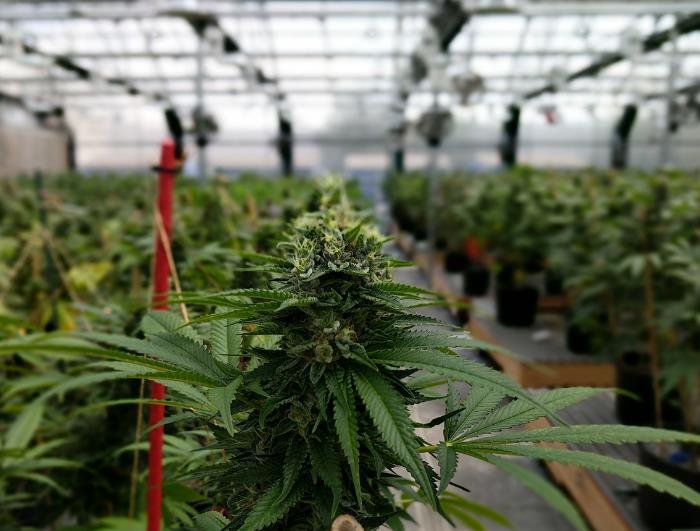In the shadow of Mount Shasta in northern California, a sprawling network of makeshift greenhouses and plywood huts has taken root. These structures house illicit cannabis farms that cover more than 6,000 hectares (15,000 acres) in Siskiyou County. Despite the state’s legalization of marijuana production in 2016, strict regulations have led to a thriving black market. The environmental damage caused by these clandestine operations is evident, raising concerns about water access, ecosystem impact, and tensions with law enforcement. Let’s delve into the complex landscape of California’s parallel cannabis market.

The Black Market Hub
Siskiyou County, known for its gold rush history and natural beauty, has become a hub for illicit cannabis production. Thousands of people live in seasonal encampments near Mount Shasta, where cannabis is grown without official water or sewage connections. Many of the producers are Hmong Americans, and the situation has sparked tensions with law enforcement, leading to accusations of racism.
Environmental Impact and Challenges
As legal cannabis production expands, attention turns to its environmental consequences. The energy-intensive cultivation process, pesticide use, and water demands all pose challenges. A 2018 study found that nearly 90% of cannabis farms were constructed in natural areas, often encroaching on forests. Balancing the economic benefits with environmental stewardship remains a critical issue.
Emily Wilson is a talented wordsmith whose passion for cannabis shines through in her eloquent articles that explore the plant’s cultural significance and historical context. With a focus on arts and lifestyle, she weaves together narratives that celebrate the creativity, innovation, and community fostered by cannabis enthusiasts worldwide. Emily’s unique perspective and engaging storytelling invite readers to embark on a journey of discovery and appreciation for the diverse facets of the cannabis experience.








